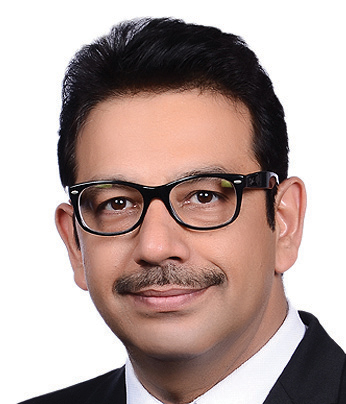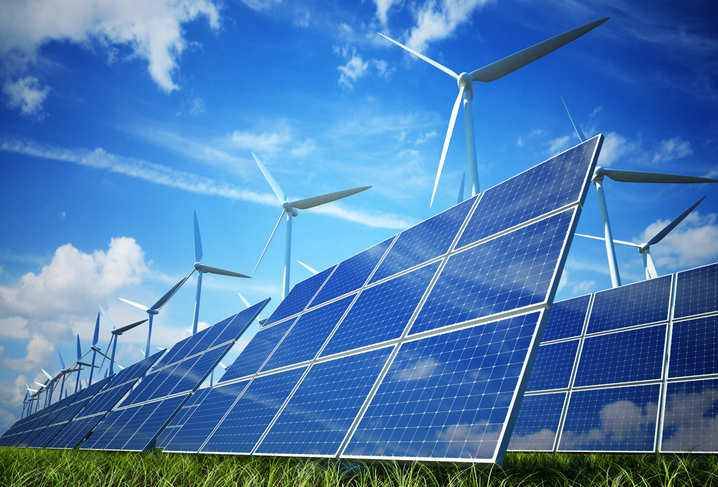
April 05
Wind energy capacity addition declines under auction regime
BENGALURU: While the onset of wind auctions from early last year has led to greater transparency in the determination of wind tariffs, the transition has also sharply reduced wind capacity addition in 2017-18. The capacity added has only been 1,739.14 MW through the year against a target of 4,500 MW, and far less than the 5,400 MW added in 2016-17 or even the 3,460 MW achieved in 2015-16.
In both 2016-17 and 2015-16, wind capacity addition had surpassed its target, while in 2017-18 it has fallen well short. India’s total wind capacity stood at 32,916 MW at the end of March 2018, up from 31,177 MW a year ago.
Only eight states in India have wind velocities strong enough to produce energy – Rajasthan, Gujarat, Maharashtra, Madhya Pradesh, Andhra Pradesh, Telangana, Tamil Nadu and Karnataka. Among these, the highest capacity addition in 2017-18 was in Karnataka, which commissioned 758 MW, followed by Andhra Pradesh, which added 344.1 MW. But two states, Madhya Pradesh and Telangana, did not add a single megawatt.
Last year Andhra Pradesh had topped installations with a whopping 2,190 MW, followed by Gujarat with 1,275 MW and Karnataka with 882 MW.
Among wind turbine makers, of the 1,739 MW installed, the largest chunk was put up by Suzlon with 623 MW, followed by Siemens Gamesa with 570 MW.
Until February 2017, wind tariffs were set by the respective power regulators of the wind energy producing states (feed-in tariff), and varied between Rs 4 and Rs 6 per unit, depending on the speed and intensity of the wind they received. Developers first set up projects and then signed power purchase agreements (PPAs) with the concerned power distribution company, since the tariff was fixed beforehand.
In February, the Solar Corporation of India conducted its first wind reverse auction of 1000 MW, which saw the winning tariff tumble to Rs 3.46 per unit. At this, discoms and power regulators in the wind energy states felt they had been paying too much for wind power and most of them promptly stopped signing PPAs under the feed-in tariff system altogether. Some states were even reluctant to honour already signed PPAs because of their higher tariffs. So too most developers with half built projects temporarily abandoned them, realising no PPA would be signed for the project unless they won an auction. Capacity addition thereby plummeted.
Wind auctions too were relatively few through most of 2017, though even if more had been held, projects could not have been completed within the financial year. Tamil Nadu and Gujarat held 500 MW auctions each in July and December, while SECI held another one for 1000 MW in October. These saw wind tariffs fall further to a record low of Rs 2.43 per unit in Gujarat’s December auction.
Anand Kumar, Secretary, Ministry of New and Renewable Energy, while acknowledging the fall in wind energy addition, pointed to the decline in tariffs as well. “After auctions, the tariff has fallen to Rs 2.43 per unit from Rs 4-5 per unit during the FiT regime,” he said.
Besides, in 2018, wind auctions have been picking up, kindling hope that 2018-19 will again see the substantial capacity addition. SECI held a 2000 MW auction in February and another 2000 MW will be auctioned later this week. “We have bid out a record 12,500 MW in wind and solar in 2017-18,” said Kumar.






